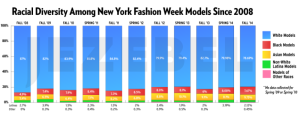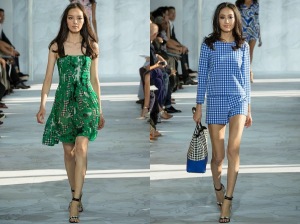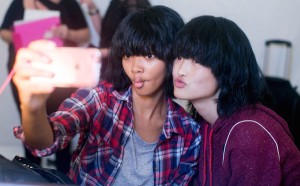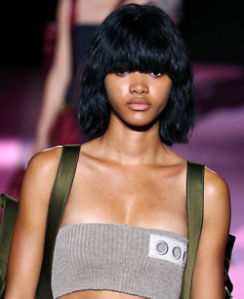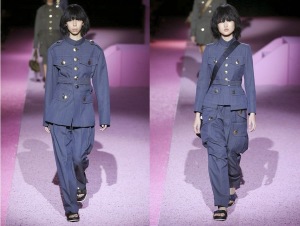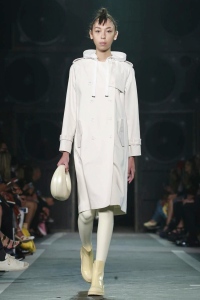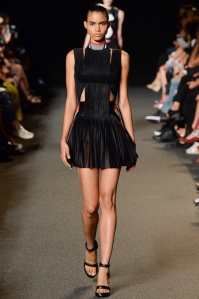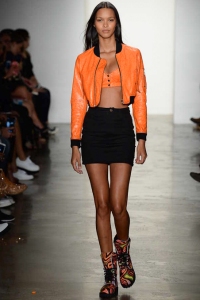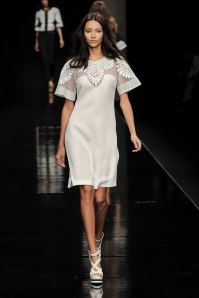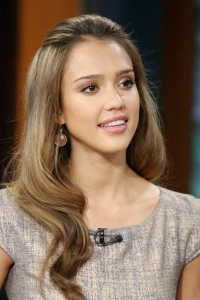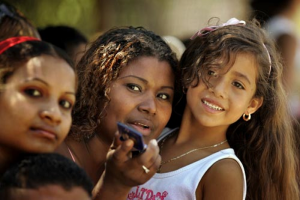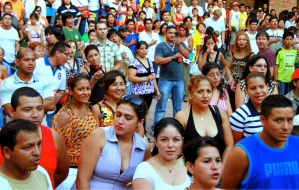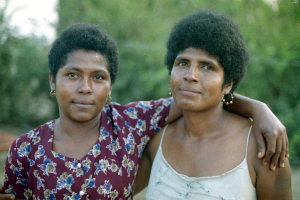Aesthetics or Laziness: a look at the (under)representation of models of color in New York Fashion Week
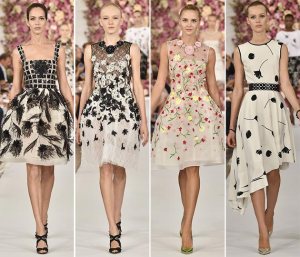
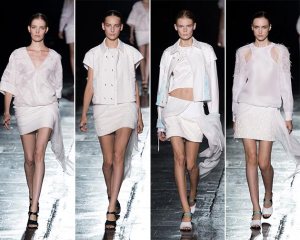
A year ago, just after the Spring/Summer 2014 fashion week in New York City, supermodels Iman and Naomi Campbell spoke out against the lack of diversity in the fashion and modeling industry. Iman remarked to Good Morning America that “there were more black models working [in the 70’s] than [there are] in 2013.” The reason many designers and casting agents tend to give is that they are looking for a particular aesthetic, and that the models they choose that fit into that look just happen to be mostly white. Campbell and Iman denounced this excuse, calling it, “a sense of laziness and they’ve told themselves a story.”
As more people began to question the representation on the runways, there seemed to be an agreement that something had to change. And so, when New York Fashion Week arrived this September, many were eager to see what sort of improvement was made.
And while it has been a step in the right direction, many designers did not include much diversity at all. It has become common to see maybe one or two black models on the runway, who are seen and treated as the Token Black Model(s), a way for designers to wave their hands in the air and proclaim, “We’re not racist, we had so-and-so on our show!!” This behavior needs to change. Diversity does not mean including one or two models of a non-white, or even biracial background.
Diversity, much like the real New York City, means seeing someone like you, no matter what race you are, on the streets (or in this case, on the catwalk.) And while you could argue that the purpose of Fashion Week isn’t to be true to the real New York, and rather to showcase and create alternate worlds, the designer’s world, shouldn’t these worlds include black, Asian, middle eastern, and Latino people? It is not a matter of beauty. This much is apparent, because there are notable WOC who are praised for their beauty. Beyoncé, Naomi Campbell, Halle Berry, Jennifer Lopez, Iman, and Lupita Nyong’o have all modeled for makeup commercials and magazines, and been just as successful as any white celebrity would be.
A noteworthy designer who included models of various backgrounds is Diane von Furstenberg, who has been praised for this very act before by Naomi Campbell. This season, she included black models Malaika Firth, Cindy Bruna, Imaan Hammam, Maria Borges, Binx Walton, Naomi Campbell, and black Brazilian model Lais Ribeiro. Additionally, Asian models Fei Fei Sun, Shu Pei Qin, and Ming Xi walked during the show. Although including Lais Ribeiro there were only two Latina models, this is still a great improvement from other designers.
Marc Jacobs also took the call to change seriously, as he included much more diversity than he did last Spring/Summer season. This time, he had models like Joan Smalls, Issa Lish, Hind Sahli, Jing Wen, Veridiana Ferreira, Samantha Archibald, Iesha Hodges, Marihenny Rivera, Mariana Santana, So Ra Choi, Liu Wen, Binx Walton and Imaan Hammam walk for his show, just to name a few!!
This is a big step for the fashion industry to reform its ways. In shows like Jacquemus, which was a part of this season’s Paris Fashion Week, there were no non-white models. Zero.
There needs to be a change.
A striking fact is how little representation Latinas receive on the runway. It is very unlikely to see a Latina model walking for a big name designer, unless they have become an “It-girl”. Perhaps this is because of the body-type that seems to be favored for runway models: stick thin. Many Latinas don’t tend to have tall and thin body types- is this why they’ve been excluded? It is more common for Latina and black women to have bigger hips, but this doesn’t seem to stop some designers like Rick Owens from including racial and body-type diversity. In a ground-breaking Spring/Summer 2014 show in Paris Fashion Week, all the models were from step teams across the U.S. The clothes they wore were specially fitted to their bodies, and created to allow for movement to preform. If what it takes to include more Latina and black models is more body-diversity so be it!! It is equally important for clothes to not be catered to the size 0’s of the world.
This year, some praise-worthy Latinas on the runway in New York were Juana Burga, Issa Lish, Mariana Santana, Lais Ribeiro, Cristina Piccone, and Daniela de Jesus Cosio.
If you’re still not convinced there needs to be a change, look at Jezebel‘s chart examining racial diversity in New York Fashion Week: 